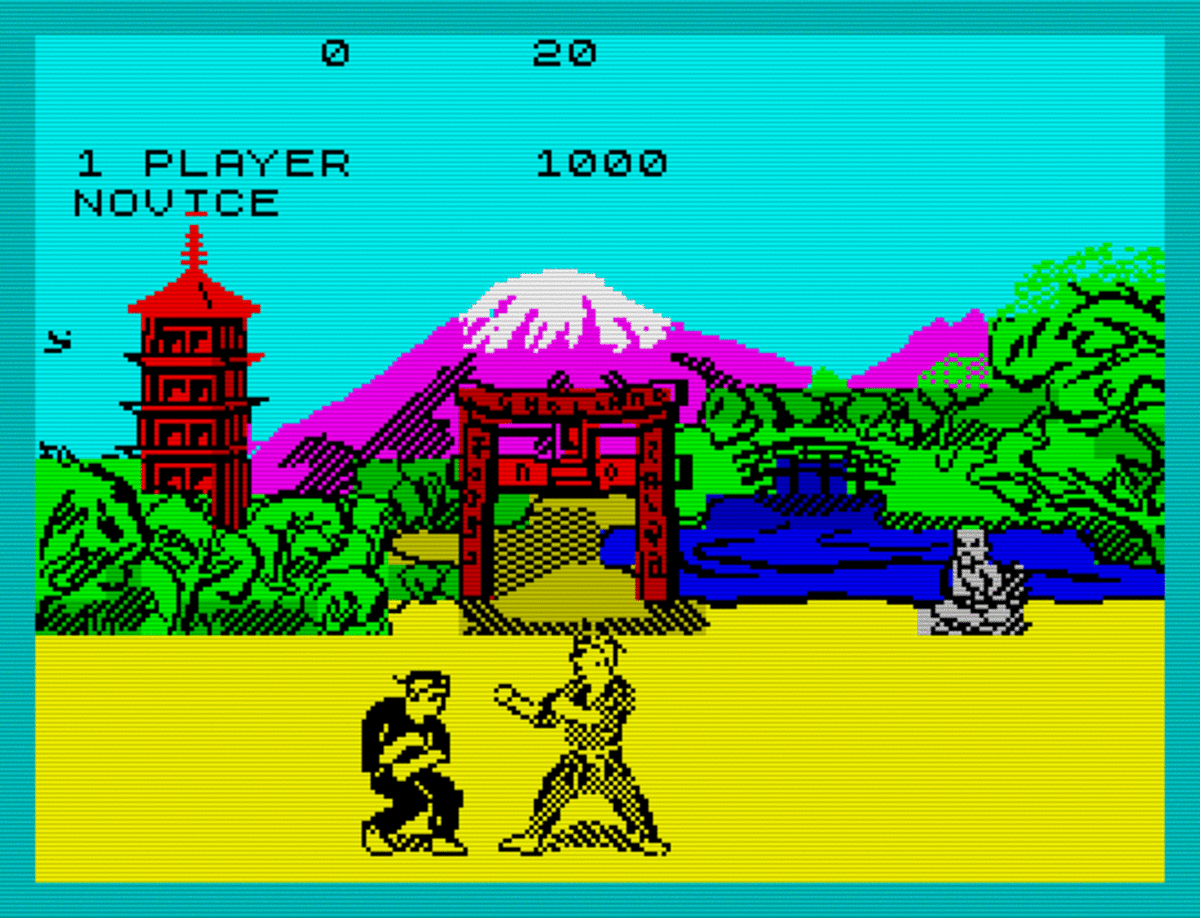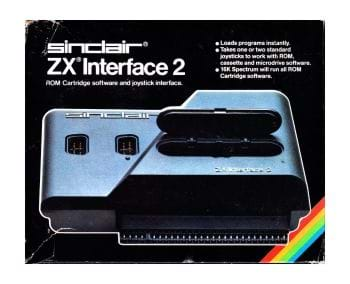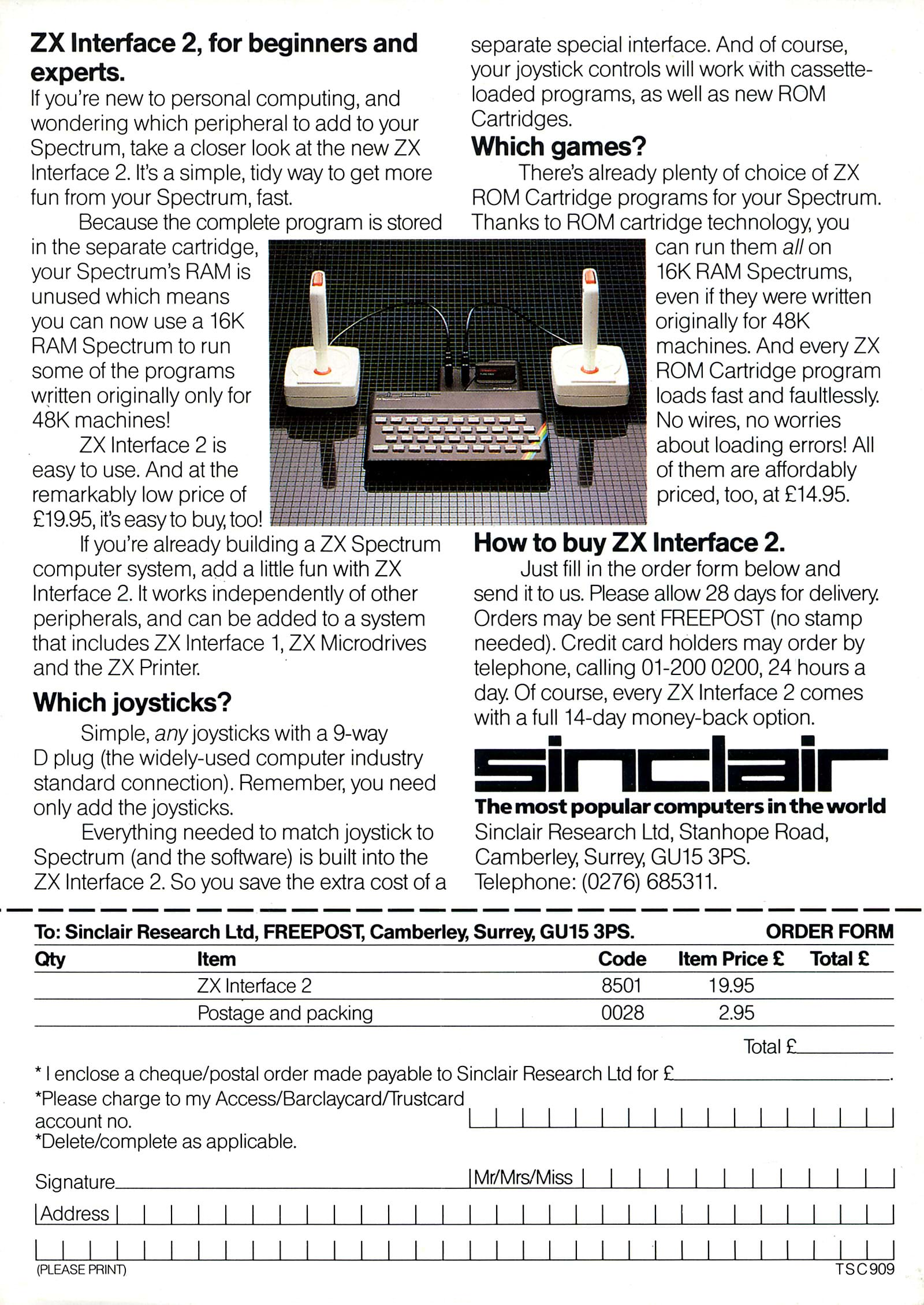

no scalers/filters), mainly for consistency. Also, I would prefer there to be no processing on the image (i.e. YS's is "better", but still lacks the greatest of them all: Elite. :) - Frodet 16:55, 22 August 2006 (UTC) Now that we have screenshots from the Crash and YS lists, is it okay to remove the screenshots section? Also, could we standardise on the appearance of the border? I'd rather they had no border, but would be happy with a small (8 or 16 pixel) border. The Crash list consists mostly of games from '89-'90, except one from '87 and two from '88 - not very representative, I'd say.

Any opinions? Cheers - Pak21 13:17, 22 August 2006 (UTC) I agree that the gallery is a bit random. I'm tempted to change the screenshots gallery to be (say) the top 5 games from the YS and Crash "top games of all time" listings, rather than the slightly arbitrary selection we have there ( Three Weeks in Paradise?). StuartBrady ( Talk) 21:54, 4 August 2006 (UTC) Screenshots Looks like programmers still haven't learnt what 'portability' is - sigh. What's supposedly interesting about this particular emulator is that it's for the Nintendo DS. There is a guy at the site who's going to emulate this computer.

Mechanically the drives were similar however they ran slightly slower, and had a take-up acceleration start instead of the instant start of the ZX Spectrum drives, putting less strain on the cartridges. These were very similar to the ZX Microdrive, but used a different logical format, allowing each cartridge to hold at least 100 kB. Microdrives were also used as the native storage medium of the Sinclair QL, which incorporated two internal drives. The Sinclair QL featured dual internal Microdrives The cartridges were relatively expensive (initially sold for £4.95 each, later reduced to £1.99).

Also the "write protection" was software-based so that a computer crash could erase the data on an entire tape in 8 seconds. The tapes stretched during use (giving them a short life span) eventually rendering the data stored unreadable. The system acquired a reputation for unreliability. Ī total of eight ZX Microdrive units could be connected to the Interface 1 by daisy chaining one drive to the next via an electrical connector block. This procedure was widely documented in the Sinclair community magazines of the 1980s. This caused the tape to stretch slightly, increasing the length of the tape loop so that more sectors can be marked out on it. It was possible to "expand" the capacity of a fresh microdrive cartridge by formatting it several times. The data retrieval rate was 15 kB/s, i.e., 120 kbit/s. The cartridges held a minimum of 85 kB when formatted on a ZX Microdrive (exact capacity depended on the number of "bad" sectors found and the precise speed of the Microdrive motor when formatting). Microdrives used tiny (44 mm × 34 mm × 8 mm (1.73 in × 1.34 in × 0.31 in) including protective cover) cartridges containing a 5-metre (200 in) endless loop of magnetic tape, 1.9 mm (0.075 in) wide, driven at 76 cm/second (30 in/second) thus performing a complete circuit in approximately 8 seconds. This consisted of Interface 1, a Microdrive, a blank cartridge and several cartridges containing Tasword Two (a word processor), Masterfile (a database), Quicksilva's Games Designer and Ant Attack games, and an introductory cartridge. Later, in March 1985, the ZX Spectrum Expansion System was launched for £99.95. Connecting a ZX Microdrive to a ZX Spectrum required the ZX Interface 1 unit, costing £49.95, although this could be bought packaged with a Microdrive for £79.95. The Microdrive was comparatively cheap (£49.95 at launch) and technologically innovative but also rather limited. Opened microdrive cartridge, with a cassette tape for comparison


 0 kommentar(er)
0 kommentar(er)
